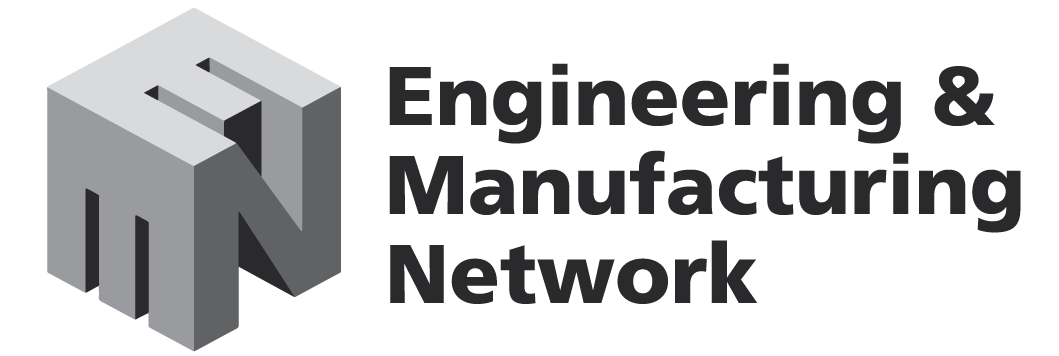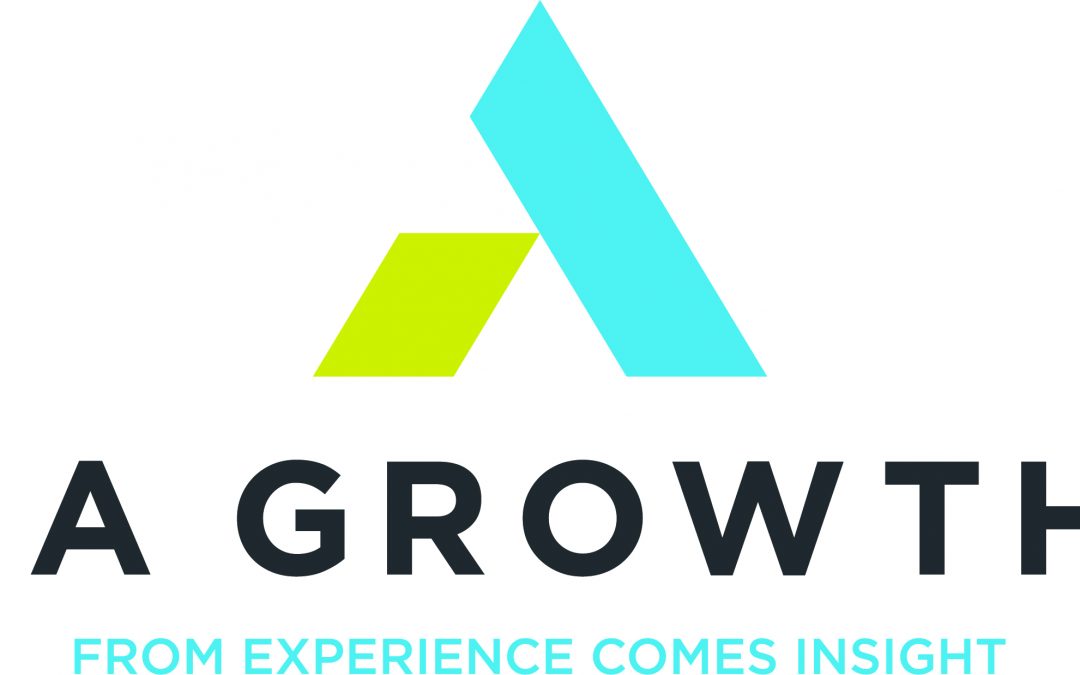Over the last two years there has been a huge shift within the need to retain workforces. One of the most recent surveys (mainly conducted with manufacturing and engineering organisations) explains that within the UK this has become an even more stark reality. Amongst the headlines are;
68% or engineering and manufacturing staff surveyed are considering moving role. This drops to 53% in procurement or supply-chain.
The top 5 reasons given are;
- 60% work-life balance
- 43% salary
- 40% relationships with co-workers
- 34% hybrid / flexible working practices
- 34% gratitude, recognition and appreciation.
Do you know who those people are who are within your 68% and their reasons for this?
Often the industry sectors have looked at maintaining people as including salary and career growth but now you can also add flexibility as a primary consideration too. If you are not attempting to do the best you can within this area for your people, you will see people starting to move.
Predictive methodologies and technologies that help you understand your people better are being cited as the future consideration for all organisations, and in fact another recent survey suggests that the use of such methods will increase by over 88% in the next two years with 76% suggesting that these tools will become more useful due to the need to hire a more diverse workforce.
There are other factors from our own findings which are behind why businesses are turning to predictive analytics and we’ve attempted to cover them within the following;
- All organisations are citing complex people issues are at the fore of their thinking.
- Employees expect different things from work now so senior teams want visibility of their people issues and boards wish to understand their “human capital”.
- The emergence of A.I. allows for employee data analytics using huge volumes of quantitive and qualitative data.
- Employees now wish to have more personalised journeys in terms of learning, incentives and career mobility.
- Diversity and inclusion supports the agenda for change therefore our systems need to be unbiased and inclusive too. A lot of well-known personality assessment tools are not.
- The employee voice needs to be heard now in organisations across areas such as wellbeing, culture and remote working.
- When done well, workforce planning delivers millions of pounds to the organisation by predicting where skills are and need to be and the most cost-effective ways of achieving potential.
- People analytics provide intelligence that allows a competitive edge for organisations when sourcing talent.
So in closing we will leave you with three considerations;
- Have you started looking at the opportunity to take a data-driven approach to your talent engagement and management?
- Do you know who are the people closest to the door and why? Note; Often our perceptions of why are incorrect.
- Have you assessed how engaged your workforce are? Do you know the key cultural barriers to your business being more successful and how can you gain more productivity through your people?
If you wish to explore the answers to any of these, and review our globally recognised solution for assessing and completing all aspects of the talent and cultural life-cycle then please do get in touch by emailing enquiries@iagrowth.co.uk or visit our website at https://ia-growth.harrisonassessments.co.uk

